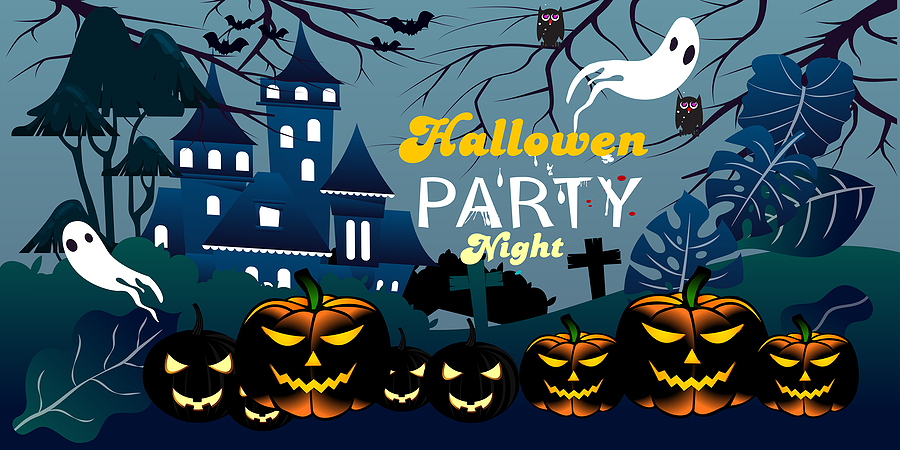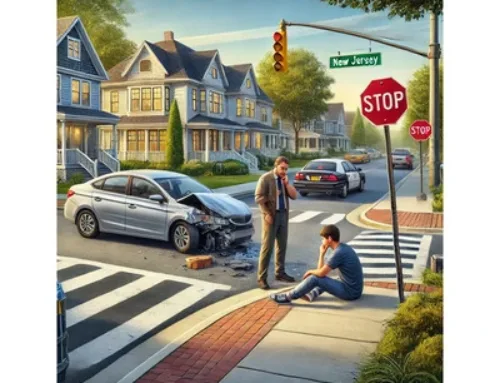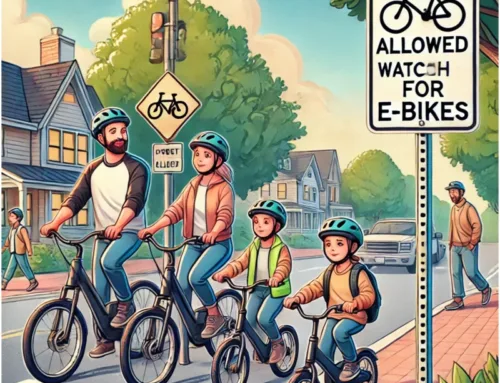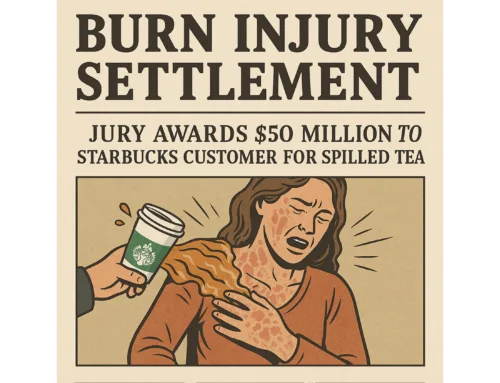Most people have fond childhood memories of dressing up in costume and going trick-or-treating around their neighborhood on Halloween. The fun doesn’t stop after you pass the age when it’s acceptable to knock on strangers’ doors and beg for candy. Every year, countless teenagers, college students and adults participate in Halloween revelry, giving out candy or attending costume parties. Many of these celebrations feature alcoholic beverages, which means it’s important to plan ahead when you know you are attending festivities – beyond what costume to wear. Unless you’re hosting your own party or spending the night at the party location, you’ll need a safe way to get home once the celebration ends. If you drink, that way home should never involve getting behind the wheel.
Drunk driving is dangerous on any day of the year, but Halloween is a particularly dangerous night, due to the large number of party-goers on the roads and the numerous clusters of trick-or-treating children wandering the sidewalks and streets. The National Highway Traffic Safety Administration (NHTSA) analyzed the accident data from Halloween nights spanning five years, from 2009 to 2013, and found that 43 percent of all motor vehicle fatalities on those nights resulted from collisions involving a drunk driver. By comparison, on the average day the percentage of fatalities involving a drunk driver is closer to 1 in 3. The sidewalks are only somewhat safer from impaired motorists; the NHTSA found that 19 percent of pedestrian fatalities from car crashes involved a drunk driver. When one considers all the costumed children going from house to house looking for treats, that last statistic becomes particularly chilling.
Even if they’re lucky enough to avoid getting into a crash and hurting themselves or someone else, drunk drivers are still unlikely to get home safely: Halloween is one of the holidays when police are out in force, watching the roads carefully for signs of impairment in drivers. You don’t need to become an accident statistic to pay for drunk driving – fines for driving under the influence can be steep, and other costs stemming from a conviction (including loss of your driver’s license) can add up quickly.
Very few people plan to drive drunk. Much of the time, the problem results from either a person failing to plan at all for how they will get home from a party, or from the person having a mistaken understanding of “drunk.” A driver doesn’t have to be stumbling over their own feet or slurring their words before they’re a danger on the road. In New Jersey, as throughout the nation, a blood alcohol concentration (BAC) level of 0.08 is the legal threshold for the crime of drunk driving – but alcohol has negative effects on your judgment, reaction time, and coordination long before you reach the legal limit. Even a single drink can cause a noticeable impact on driving safety in most people. When you’re behind the wheel, there’s no such thing as “just a little buzzed.”
Some people dress up in costumes and decide they do not have to act like themselves because they feel like a different person or act like the character they dressed up as. If you choose to partake of adult beverages during your Halloween celebration, it’s essential that you make transportation arrangements ahead of time, to keep both yourself and others as safe as possible. It’s inadvisable to put off arranging a ride until you get to the party; good judgment is often one of the first things to feel the effects of alcohol, so after a few drinks it might start to sound like a fine idea to drive yourself home. Planning ahead helps you avoid that risk.
Uber and Lyft rides are available any time and can be ordered right from your smart phone. But when everyone plans on “ubering” at the same time, ride-share drivers may not be available, may involve a long wait or “surge-pricing.” Book your designated driver or ride-share vehicle ahead of time so you’re not stuck.
When going out with friends, see if one member of the group will volunteer to be the designated sober driver, or ask another friend or family member if they can pick you up after the event. If you plan to use public transportation to get home, familiarize yourself with the schedule and keep a copy of it with you for reference. Not all areas have public transit that runs as late as many parties; in these cases, you may be better served by calling a taxi or using a ride-share service such as Uber or Lyft. When all else fails, you might decide to walk home if you live nearby. However, remember those pedestrian accident statistics – being intoxicated may prevent you from noticing or avoiding vehicles. If you walk home, ask a sober friend to accompany you to make sure you arrive safely. And always wear reflective clothing or have your phone’s flashlight on when walking in the dark.
The best response to drunk driving is prevention. If you see a motorist on the road driving in an erratic or dangerous manner, pull over somewhere safe and call the police. And if you notice a friend, family member, or anyone else who looks like they’re about to get behind the wheel while impaired, stop them. Take their car keys and do your best to arrange for them to get home safely.
Contact MyNJInjuryLawyer Howard P. Lesnik
If you or a loved one suffered an injury in an accident in NJ, you should contact an attorney familiar with handling these claims. An experienced NJ Injury Lawyer will know how to obtain medical records, videos, photographs, experts, locate witnesses and contact the insurance company so you can make a claim for your injuries.
My NJ Injury Lawyer Howard P. Lesnik, Esq. offers complimentary strategy sessions to address any issue or questions you may have for your injury claim in NJ.
Please contact NJ Injury Lawyer Howard Lesnik, Esq., immediately if you were involved in an accident. I personally handle NJ personal injury cases on a regular basis. Please contact me now by email, by phoning 908.264.7701, or by completing the form to the right to schedule your complimentary 30-minute strategy session. Call me direct and I will answer 5 questions that you have about your potential claim.







